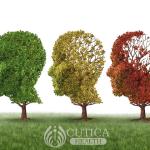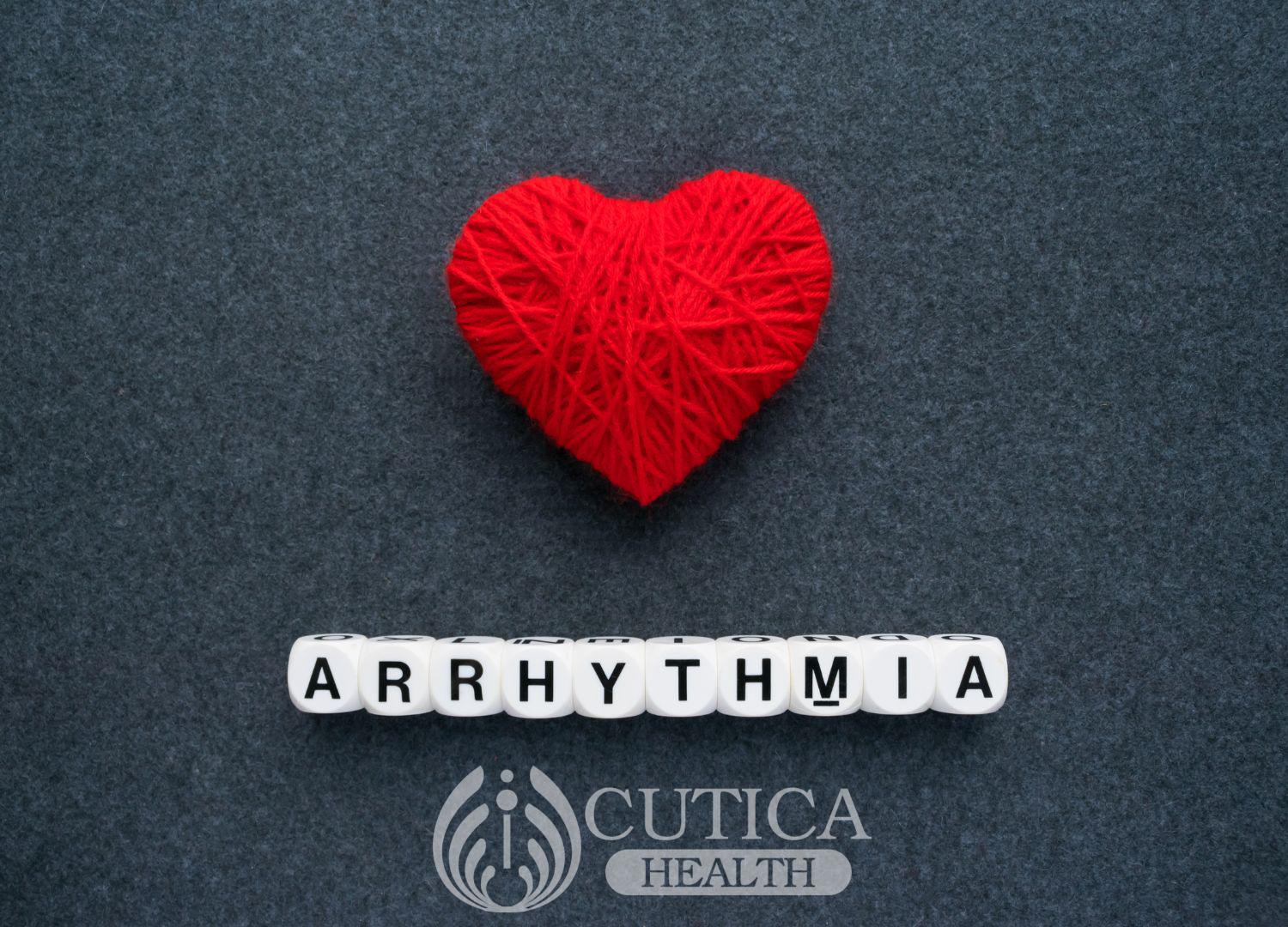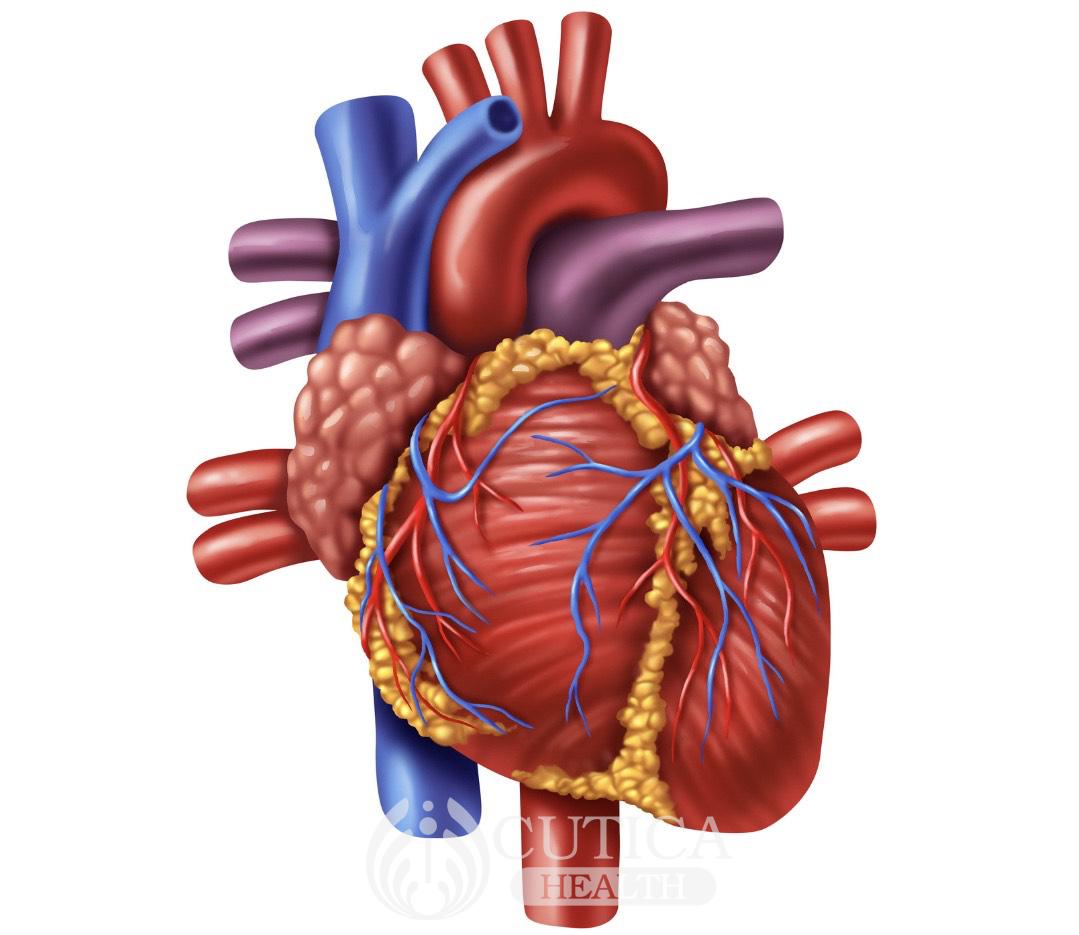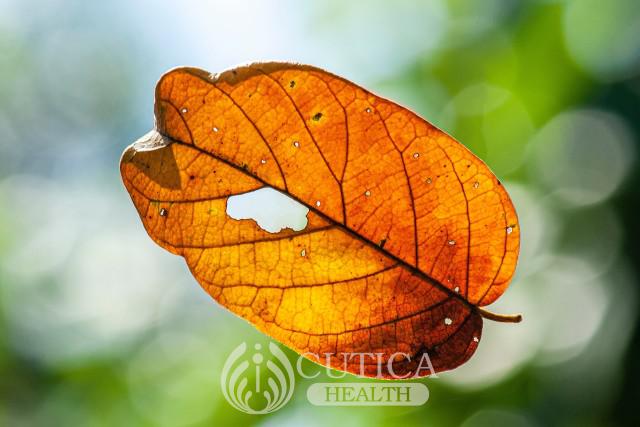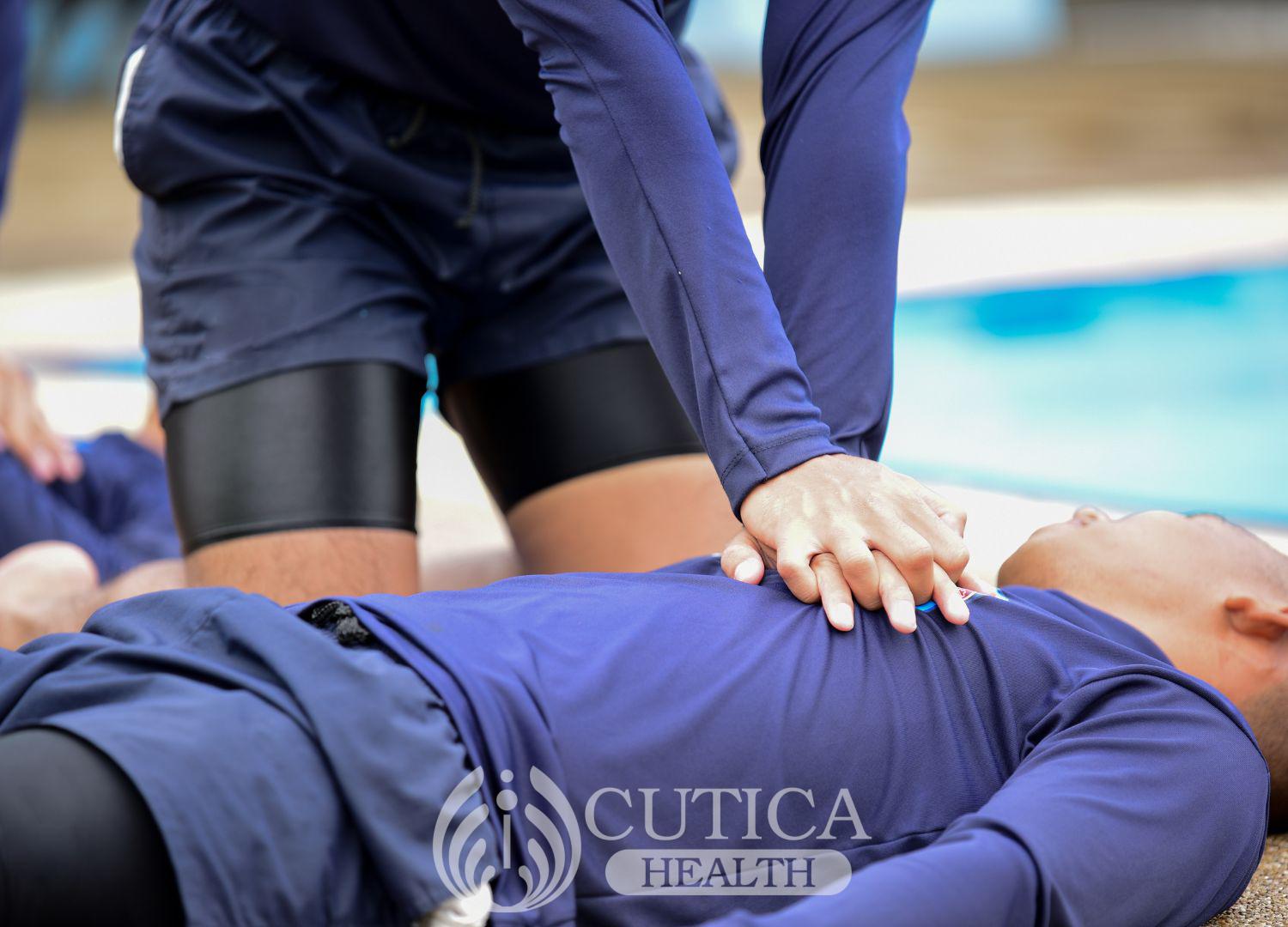
That day, Dwayne was going to meet up with his old friends a few blocks away. He was almost there when a man, who looked like he had lived through six decades, collapsed on the street. Dwayne, being a paramedic, sprung to action while people gathered to watch. Some even had their phones out to capture the moment.
“Someone, call 911!!!,” he shouted as he observed the man who seemed to have had a heart attack. He then gave the man cardiopulmonary resuscitation (CPR) until an ambulance arrived.
Basic Life Support: What it is
This is essentially a set of life-saving first aid techniques to rescue an individual who seem to have collapsed from a cardiac or respiratory arrest, before professional help arrives. You do not have to be a healthcare professional to learn about basic life support.
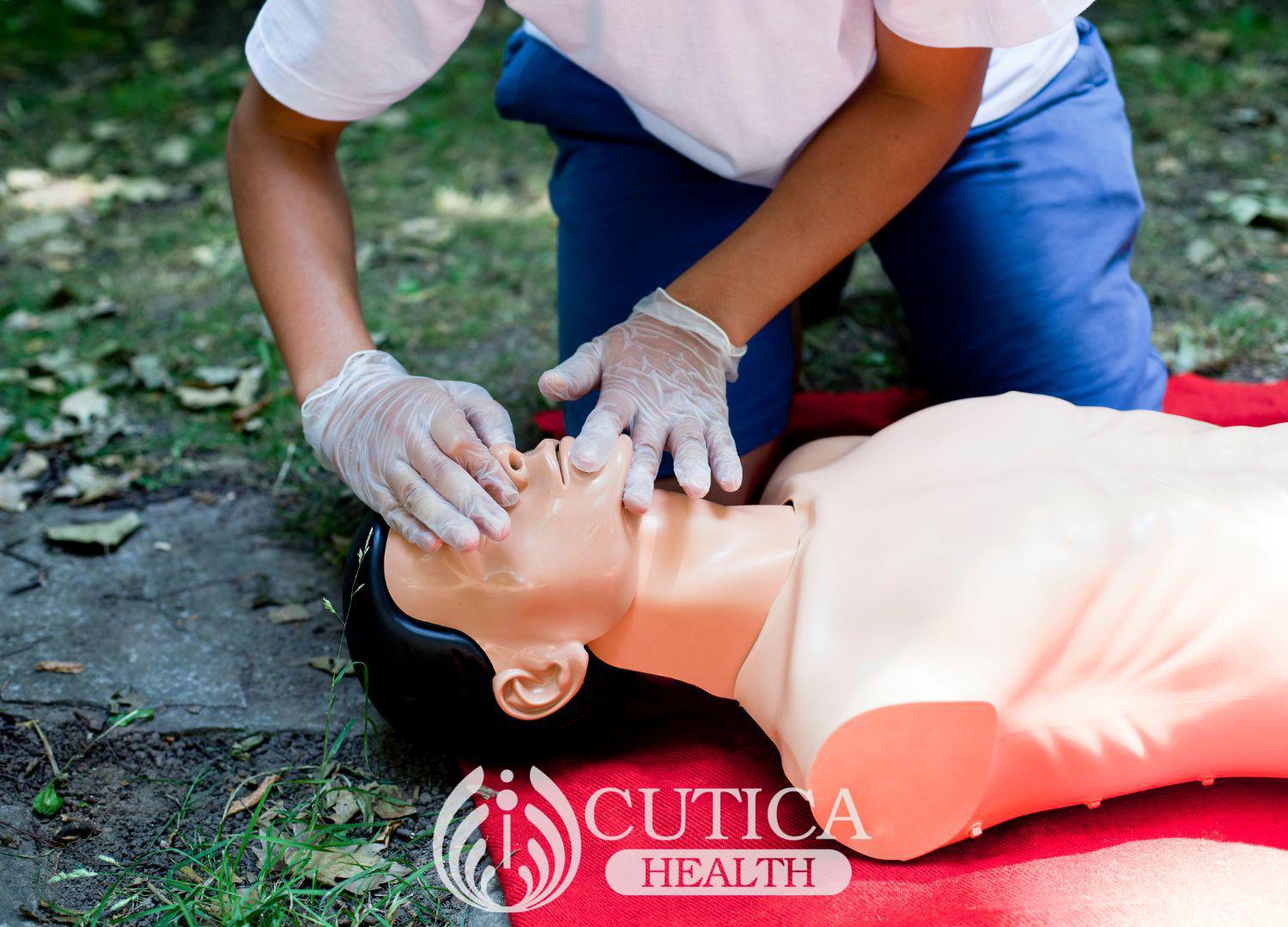
These are the steps of basic life support:
- Assessment of the situation: Check the environment for possible threats and remove yourself and others from such an environment. Possible threats include burning, drowning, electrocution, etc.
- Checking the affected individual for response: You can achieve this by tapping their shoulder. This is done to evaluate the level of consciousness of the individual.
- Call your local emergency number.
- Open the individual’s airway by tilting their head or performing a jaw thrust maneuver. The latter is a preferred and safer method, especially for people suspected to have a spinal injury. The essence of the maneuver is to prevent the individual’s tongue from obstructing the upper airway.
- Assessment of individual’s breathing and circulation: If a pulse isn’t detected, then cardiopulmonary resuscitation (CPR) has to be performed.

CPR involves giving 30 chest compressions (in the case of children, 15), and then two mouth-to-mouth rescue breaths.
- Using AED: If the individual is still unresponsive, you will need to use an automated external defibrillator (AED), which can be found in some public spaces such as airports, restaurants, and parks.
Cardiopulmonary resuscitation (CPR) and Basic Life Support
CPR is one of the steps (elements) of BLS. It is an emergency procedure involving chest compressions which are often administered with artificial ventilation. The purpose of CPR is to put pressure on the heart to stimulate a pump, so the brain and other vital organs are not deprived of oxygen while the heart or lungs are not working properly.
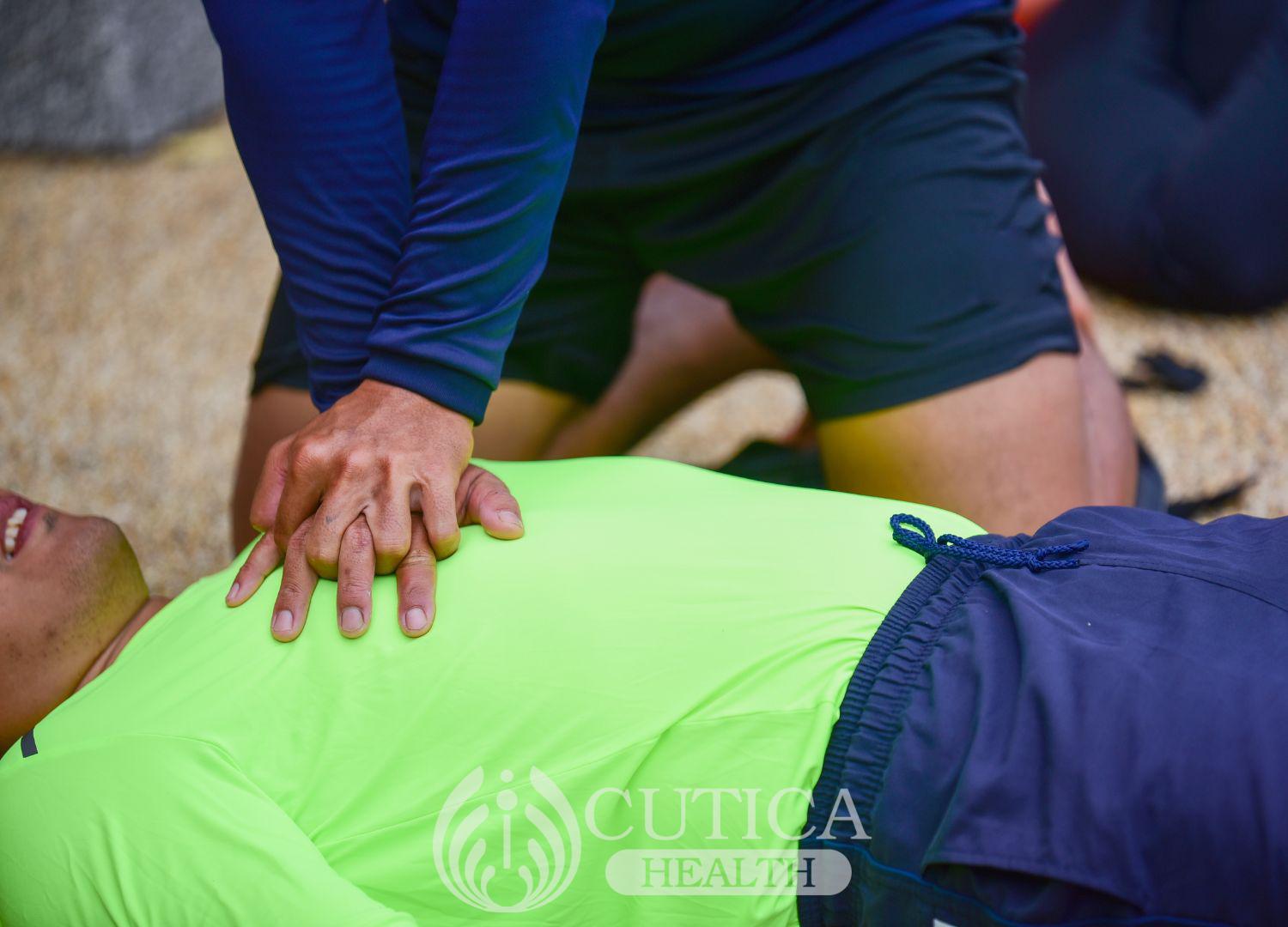
CPR is performed in 5 cycles per 2 minutes, and the compression depth is about 2 inches for adults and less for children and infants.
- You place one palm at the middle of the individual’s breastbone are and the other palm on top of this. Keep your forearms and arms straight and not bent while doing the chest compressions.
- You must ensure that the chest recoils after one compression before compressing it again.
- Try to avoid compressing too deeply as this may cause other complications, including rib fractures.
- For the ventilation phase, you may place a barrier between your mouth and the individual’s mouth or blow air directly into their nose, holding both hands snugly around it to ensure they receive adequate air.
- Continue the chest compressions and ventilation until the individual comes around or until professional help arrives.
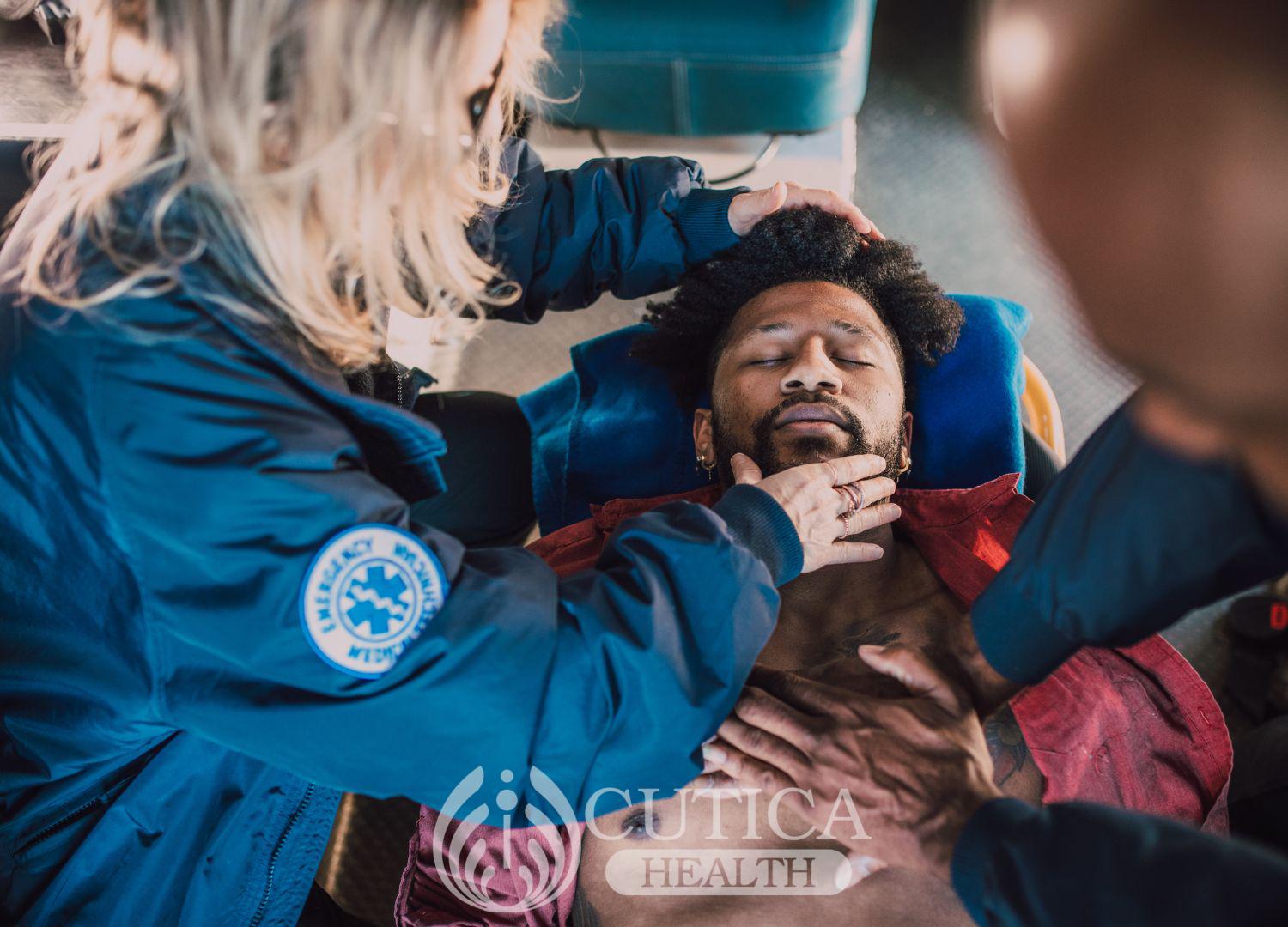
Basic life support is a life-saving skill everyone must learn as you may be faced with situations where you may help reverse a life-threatening cardiac or respiratory event.

